
Compliance of Lifting & Handling Equipment in Canada
Compliance of Lifting & Handling Equipment in Canada
Demonstrating lift equipment compliance in Canada can appear to be a complicated process if you are unfamiliar with the regulations. This is a free resource and education page dedicated to de-mystifying the process, educating Microcrane® owners and offering solutions for equipment management. The best approach to compliance is to hire a qualified crane inspection professional in your local area.
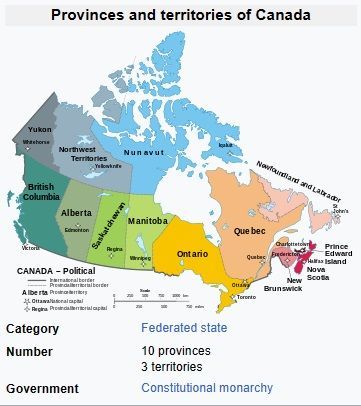
The Basics for Employers: 4 Steps to Compliance
1. Equipment has been designed and manufactured to meet up to date standards
2. Equipment has been installed and set up in accordance with best practices and in
accordance with current standards
3. Equipment has been inspected and maintained according to the manufacturer’s
instructions and current standards
4. Equipment owner retains supporting documentation for above
The OHS regulations require procedures to be in place to safeguard the health and safety of the workers and the public.
This code focuses on responsibilities, competencies, safe operating procedures, and inspection and maintenance of hoists, cranes, lifting devices and rigging. A crane or hoist must be designed, constructed, erected, disassembled, inspected, maintained, and operated as specified by the manufacturer or a professional engineer, and must meet the requirements of applicable standards. The CSA Group has multiple standards and guidelines to assist in developing procedures for safely working with cranes, hoists, lifting devices and rigging:
The Canadian Standard—CAN/CSA B167-16—1.1
This Standard specifies minimum requirements for the design, inspection, testing, maintenance (including modifications and upgrades), and safe operation of a) cranes, including i) overhead travelling cranes; ii) jib cranes; and iii) gantry and wall cranes; b) monorails; c) hoists; and d) other material lifting equipment having similar characteristics to the items listed above. 1.2 This Standard includes requirements for permanently installed cranes, and for permanent and movable hoists.
Design & Manufacturing Compliance
Microcranes, Inc. designs and fabricates its equipment to rigorous criteria, which includes but is not limited to the following: ISO 9001, CAN/CSA B167-16, ASME B30.5 (recognized in Canada), OSHA 1926:1400 & 1910:179, PALD, PASE, Canadian Electrical Code C22.1 (latest edition), Welded Steel Construction Code CWB W59 (latest edition).
Required Inspections:
All lifting equipment must undergo crane safety inspection and certification as required by WorkSafe BC and other regulatory bodies. When a piece of equipment has not been used for more than one year, it must be inspected before use. The Canadian standard—CSA B167-16 – outlines the rules to follow for maintaining and inspecting this equipment. These rules cover hazards, inspections, maintenance, design requirements, operator training and testing, where applicable. Those who do periodic inspections must have a trade designation (electrical, mechanical) or an equivalent qualification, and 8,000 hours of direct experience working on cranes – for example as a skilled overhead crane technician required by CSA B167.16 section 6.2 — Qualifications of Inspectors for periodic Inspections. The time frame for inspections required by CSA Standard B167-16 is based on use and service; the more frequently and heavily a crane is used, the more frequently it should be inspected. Section 6.5 of CSA B167-16 will explain everything you need to know about periodic inspections.
Here are the inspection requirements as stated by CSA B167-16:
• Classes A and B (infrequent and light duty): annually;
• Classes C and D (moderate service and heavy duty): semi-annually;
• Classes E and F (Intensive and Continuous Intensive): Quarterly
• Special Service: As recommended by an engineer or the manufacturer of the lifting
equipment.
Inspection and Maintenance Records
See OHS Regulation Part 14: Cranes and Hoists 14.14 Records of inspection and maintenance meeting the requirements of Part 4 (General Conditions) must be kept by the equipment operator and other persons inspecting and maintaining the equipment, for (a)a crane or hoist with a rated capacity of 900 kg (2 000 lbs.) or more. (Note: the Microcrane is rated at 2,000 lbs. (900 kg.). Logbooks need to be kept containing notes on inspections, repairs, maintenance, lifts.
Load Tests
A load test is intended to “identify gross mechanical defects in materials or workmanship, design deficiencies, or other unexpected conditions” (CSA B167-16 Annex I.1.1.). It should only be done under special circumstances. Most information on the condition of equipment can be collected through an inspection. A load test is not part of an inspection and does not replace it. Load tests should not be carried out on a periodic basis unless otherwise indicated. A load test will often be carried out during an installation, modification or major repair. To keep compliant, load tests should be noted in a logbook.
Hoist Operator Licensing Not Required Under CSA B167-16:
CAN/CSA B167-16 does not specifically require users to obtain a hoist operating license Though a Microcrane® may not require operators to be certified hoist operators under most conditions, general training via a qualified trainer is required. This simple process involves several hours of general training followed by an exam and can be accomplished in person or via e-learning programs in addition to on site.
Required Operator Training:
See CSA B167.16, Section 9.3 — Operator training — covers theory-based training as well as practical hands-on training and evaluation.
Operator Qualifications:
See OHS Regulation Part 14: Cranes and Hoists - 14.34 (1)A crane or hoist must only be operated by a qualified person who has been instructed to operate the equipment. (2)A person must demonstrate competency, including familiarity with the operating instructions for the crane or hoist and the code of signals for hoisting operations authorized by the Board before operating the equipment.
RESOURCE LINKS:
Canadian Government Departments Responsible for Health and Safety
Occupational Health and Safety Regulation (gov.bc.ca) Part 14 Cranes and Hoists
CCOHS material handling fact sheets:
NORTHWEST TERRITORIES & NUNAVUT CODES OF PRACTICE
OHS Insider: Inspection/Record Keeping Laws By Province
DISCLAIMER:
Although every effort is made to ensure the accuracy, currency and completeness of the information, Microcranes, Inc. does not guarantee, warrant, represent or undertake that the information provided is correct, accurate or current. Microcranes, Inc. is not liable for any loss, claim, or demand arising directly or indirectly from any use or reliance upon the information. It is up to the employer and users to know local codes and law and to determine if other applicable code compliance is required.
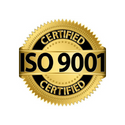
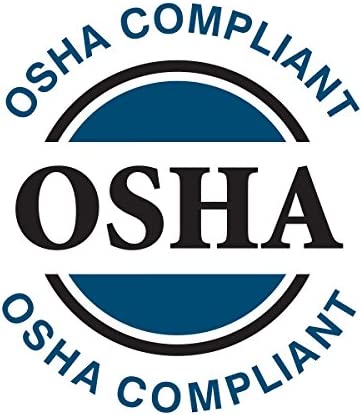
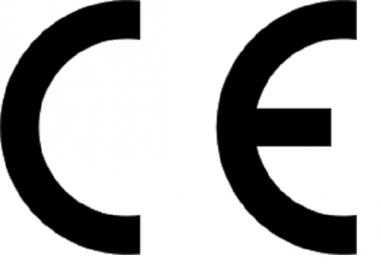

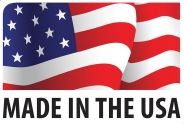

10000 NE 7th Ave Ste 330-A, Vancouver, WA 98685
Phone: (360) 768-5104
Fax: (360) 326-7228
Email: info@microcranes.com
www.microcranes.com
All Rights Reserved | MICROCRANES, Inc.